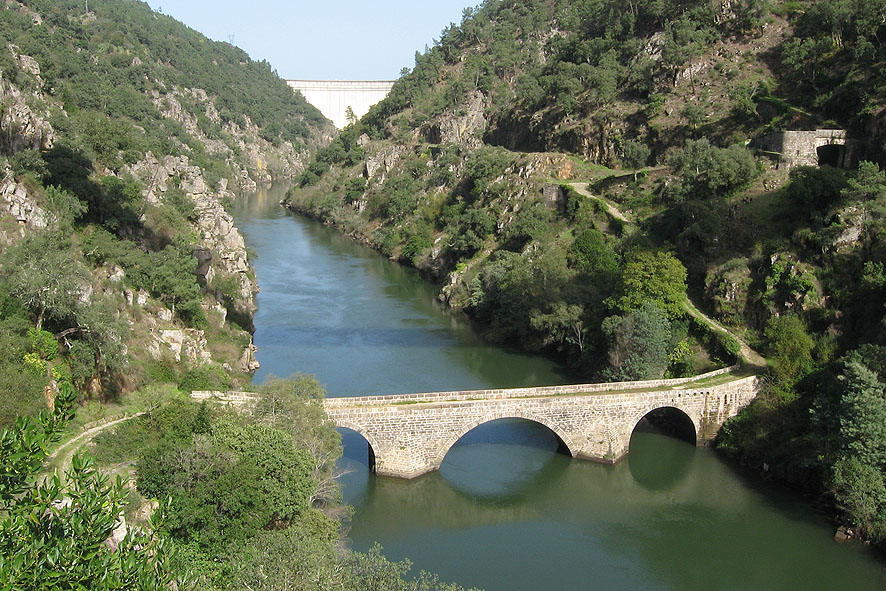On 17 June, Portugal’s Pedrogão Grande region saw the country’s deadliest forest fire in history – the 11th deadliest worldwide since 1900 – which sadly resulted in the loss of more than 60 lives.
During such tragedies, the value of information, and the actions and decisions taken from them, can be vital – not only in dealing with incidents swiftly and in the best possible manner, but also for extracting learnings for future incidents.
The below text, which highlights the importance of data and its interpretation, has been translated and adapted from a post on LinkedIn by Manuel Dias, Business Analytics Lead at Microsoft, Portugal.
Alongside millions of Portuguese, it was with great sorrow that I watched the live reports and news this past week.
Although it is important to discover where responsibility lies, the purpose of this post is to call attention to the value of current information on forest fires, and the crucial role this data plays in supporting operational, planning, and preventative decision making.
Technology can help with these incidents in a number of ways. Internet of Things (IoT) connected devices and sensors can be used to record copious amounts of data. In turn, Big Data allows us to store limitless amounts of this information, from which patterns, predictions and solutions can be extracted in various ways. Artificial Intelligence could, for example, highlight high-risk areas, or suggest more effective preventions for solutions in future.
In a quick web search for credible information regarding fires, the confusing dispersion of data and the difficulty gaining access to it as a member of the general public soon becomes apparent. As in many other sectors, this lack of structured information and accessibility issues remain major obstacles in timely decision-making.
The purpose of what I am sharing is, above all, to integrate multiple sources of data – most of them in pdf, zip formats and extensive tables, which are difficult to interpret, even by top experts – and display them in a manner that is easy to read, and understand.
These large sets of interactive and easy-to-use dashboards, created using Microsoft Power BI, are able to provide information that goes beyond aggregated statistics, highlighting the importance of multiple factors, allowing for a more detailed analysis.
Power BI is a widely used technology in advanced and interactive information, allowing its users to access and alter non- structured data stemming from various origins (csv, pdf, databases, social networks, etc.) and create highly interactive, visual and easy to understand reports. Beyond the creation of these reports, is also the ability to easily share and embed these reports, allowing easy access for interested parties.
The information sources used in these particular Power BI charts come from zip files provided by Instituto da Conservação da Natureza e Florestas (ICNF) (Institute for the Conservation of Nature and Forests), the European Forest Fire Information System (EFFIS), and Wikipedia.
To access these original public dashboards directly, please visit https://aka.ms/firesportugal.
Lastly, I would like to give my sincere thanks to our firefighters, who, without mathematical models or state-of-the-art technology, voluntarily put their lives at risk, for the safety of others. Thank you.




